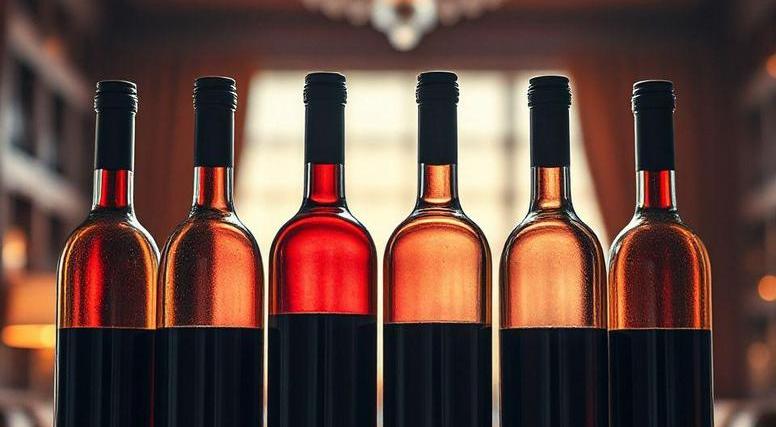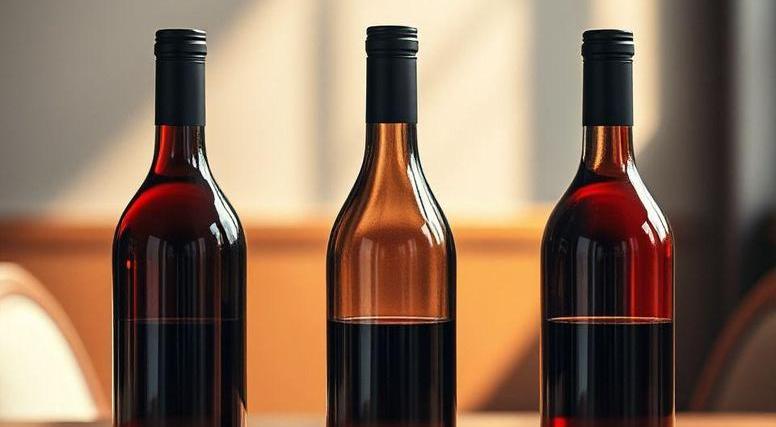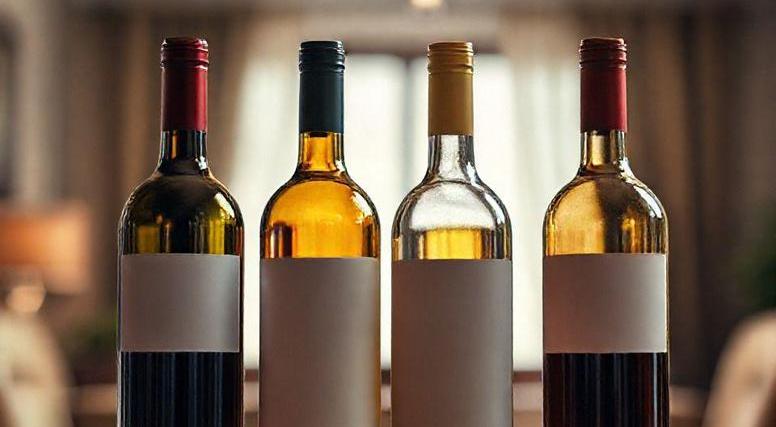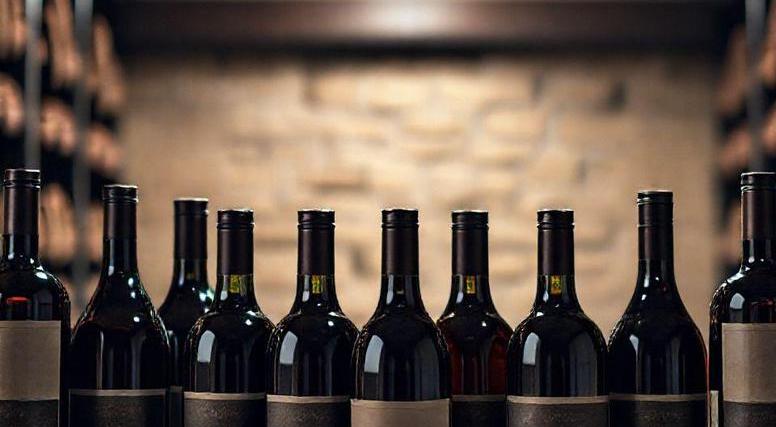- You are here:
- Home »
- Wine By Type
Category Archives for Wine By Type

Garganega Wine : History, Flavors, Pairings & More
Garganega wine, a gem from Italy’s Veneto region, has been quietly captivating wine enthusiasts with its unique charm and complexity. Known primarily for its role in the esteemed Soave DOC and Soave Superiore DOCG wines, Garganega offers a delightful array of flavors and aromas that make it a standout in the world of white wines. […]
Continue reading
Apple Wine : History, Flavors, Pairings & More
Apple wine, with its crisp and refreshing flavors, is a delightful alternative to traditional grape-based wines that deserves a place in the spotlight. As the popularity of artisanal and fruit-forward beverages continues to rise, apple wine emerges as a versatile option that showcases the versatility of one of nature’s most beloved fruits. This guide aims […]
Continue reading
Beet Wine : History, Flavors, Pairings & More
Beet wine, a lesser-known gem in the world of fermented beverages, is making waves among adventurous oenophiles and homebrewers alike. With its vibrant color and unique flavor profile, beet wine offers a distinctive alternative to traditional grape wines. This article delves into the fascinating world of beet wine, exploring its history, production methods, and the […]
Continue reading
Freisa Wine : History, Flavors, Pairings & More
Freisa wine, a hidden gem from Italy’s Piemonte region, is making a notable resurgence among wine enthusiasts and connoisseurs. Known for its unique flavor profile and rich history, Freisa offers a delightful alternative to more commonly known Italian reds like Barolo or Chianti. With its roots tracing back to ancient times, this versatile wine is […]
Continue reading
Dornfelder Wine : History, Flavors, Pairings & More
Dornfelder wine, a gem of the German wine scene, has been steadily gaining recognition for its rich flavor profile and versatile characteristics. Originally developed in the 1950s in the Palatinate region, this varietal stands out for its deep, vibrant color and robust taste. With its roots deeply embedded in Germany’s winemaking tradition, Dornfelder offers an […]
Continue reading
Cabernet Franc Wine : History, Flavors, Pairings & More
Cabernet Franc, a grape variety that often plays a supporting role in the world of wine, is deserving of much more recognition than it typically receives. With its origins rooted in the Bordeaux region of France, this varietal is celebrated for its distinctive characteristics and versatility. While Cabernet Sauvignon might steal the spotlight, Cabernet Franc […]
Continue reading
Grignolino Wine : History, Flavors, Pairings & More
Grignolino wine, often hailed as one of Italy’s hidden gems, offers a unique tasting experience that both connoisseurs and casual wine enthusiasts should explore. Originating from the Piedmont region, this intriguing red wine is made predominantly from the Grignolino grape, which is known for its delicate balance of acidity, light tannins, and vibrant red fruit […]
Continue reading
Rkatsiteli Wine : History, Flavors, Pairings & More
Rkatsiteli wine, a cherished gem in the world of viticulture, offers a unique glimpse into the rich tapestry of Georgian winemaking traditions. Originating from the ancient vineyards of Georgia, this white wine grape variety has been cultivated for over 5,000 years, making it one of the oldest and most storied varieties in existence. Renowned for […]
Continue reading
Chenin Blanc Wine : History, Flavors, Pairings & More
Chenin Blanc, a versatile and remarkable white wine, has captured the attention of wine enthusiasts around the globe with its incredible range of styles and flavors. Originating from the Loire Valley in France, this grape variety offers a spectrum of expressions, from bone-dry and crisp to lushly sweet and richly complex. Known for its ability […]
Continue reading
Raspberry Wine : History, Flavors, Pairings & More
Raspberry wine offers a delightful twist on traditional vinification, infusing the rich, tangy essence of one of summer’s favorite fruits into a glass of wine. This guide will explore the nuanced world of raspberry wine, from its vibrant flavor profile to the essential steps for crafting your own. Whether you’re a seasoned winemaker or a […]
Continue reading